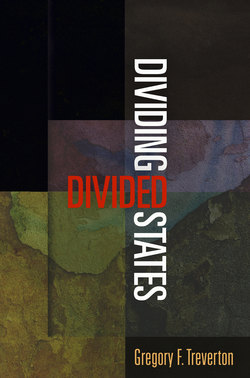Dividing Divided States

Реклама. ООО «ЛитРес», ИНН: 7719571260.
Оглавление
Gregory F. Treverton. Dividing Divided States
Отрывок из книги
Divided States
Gregory F. Treverton
.....
The breakup of the Soviet Union launched a gradual emigration of ethnic Russians and Russophones to the Russian Federation. Net immigration to Russia from the non-Russian states increased from 105,000 in 1991 to a peak of 915,000 in 1994, then fell back to 124,000 in 2001. The extent of the emigration from the various NIS was not uniform. Indeed, the majority of Russians and Russophones residing in the Transcaucasus states and Tajikistan chose to leave, while far fewer of them emigrated from Uzbekistan, Kyrgyzstan, and Turkmenistan (25 percent) and Kazakhstan (22 percent). On the lower end of the spectrum, 10 to 13 percent of the Russians and Russophones residing in the Baltic states and Moldova chose to emigrate, while very few of them left Ukraine and Belarus.30
Despite some anti-Russian sentiment, ethnic Russians were not persecuted, nor were they targeted for major ethnic violence. Rather, their decision to emigrate was driven by some combination of more subtle factors. For one, at independence, in order to build a separate identity from the Soviet Union, the other post-Soviet states changed the official language from Russian to the local one and elevated their ethnicity, for instance by ensuring positions in the government administration and greater political representation for local ethnicities.
.....